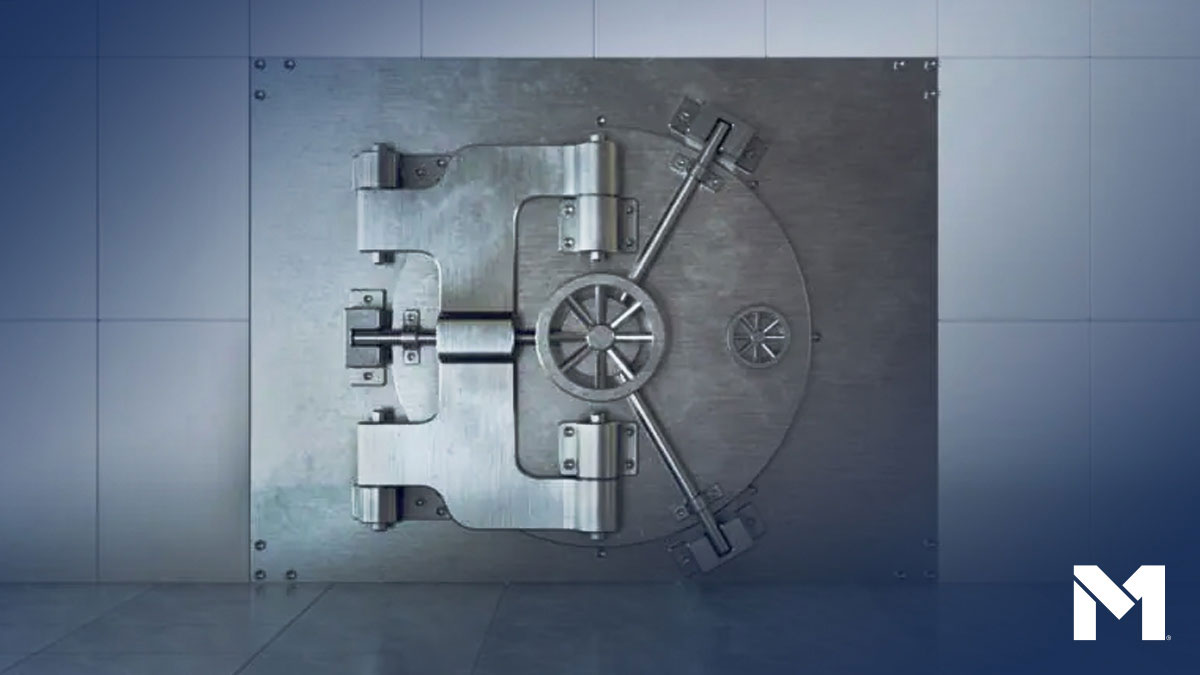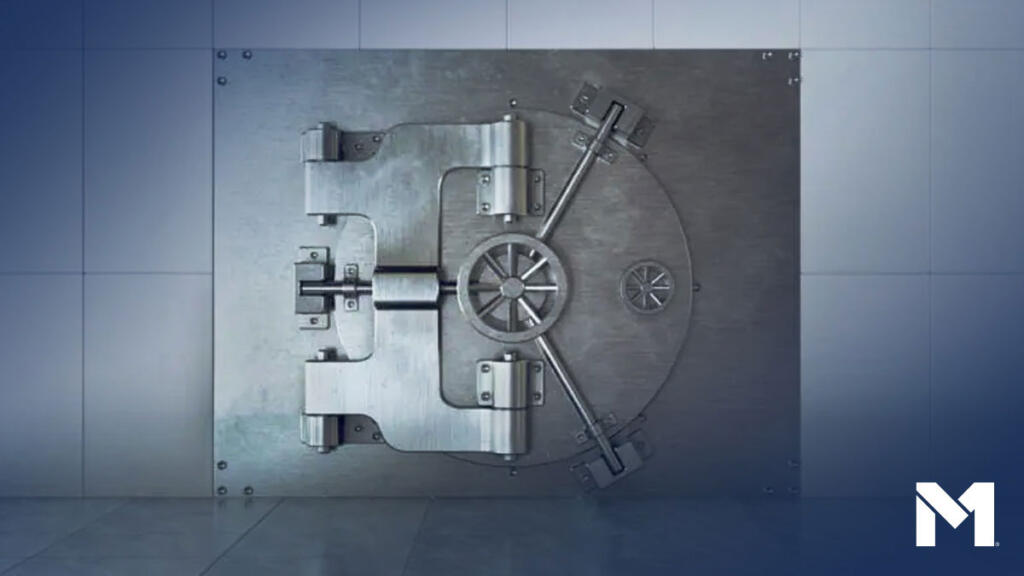What is the FDIC? How does it protect your finances?

What is the FDIC?
The FDIC stands for the Federal Deposit Insurance Corporation. It’s an independent government agency that insures consumers’ funds up to $250,000 per account type, per insured bank, if that bank fails. It was started after the passage of the Banking Act of 1933 in order to protect the financial system and consumers after the stock market crash that occurred in 1929. The resulting bank runs were a key factor in the Great Depression as banks around the country began to fail en masse.
Deposits in FDIC-insured banks and thrift institutions (which includes mutual banks, savings and loan associations) are automatically insured up to $250,000.
Credit unions and brokerage accounts are insured by other organizations: the National Credit Union Administration (NCUA) and the Securities Investor Protection Corporation (SIPC), respectively.

How does the Federal Deposit Insurance Corporation work?
FDIC-insured banks pay premiums into a fund that is managed by the FDIC. This requirement, along with earned interest from U.S. government investments, generates a large pool of money from the insured banks together with the fund’s earnings that can be used to cover the losses in the event of a bank failure. If a bank failure is large enough to exhaust the fund, the U.S. Treasury will step in to cover depositors to ensure faith for consumers that their funds are safe.
When banks fail, the FDIC coordinates the search for and identification of other banks to step in and acquire the failed banks’ deposits and loans. The FDIC will search for a buyer of the failed institution to take over the borrower’s funds and assets. The customers of the failed bank are then transferred to the new financial institution and can continue with their banking activities.
As of September 2022, there were 4,746 financial institutions insured by the FDIC. This is down significantly from just over 8,000 commercial banks in 2001 — with only a portion of them being bank failures. Of the approximately 3,200 no longer around, only 563 of them were bank failures — with a large portion of them coming during the 2008 Great Financial Crisis. The majority of banks no longer around can be attributed to mergers or acquisitions.
How the FDIC covers failed banks
In the case of a bank failure, the FDIC has been able to recover every dollar of insured funds since it was founded in 1933. This means that consumers can feel secure that their money will be protected up to the $250,000 insurance limit when they deposit it with an FDIC-insured bank.
What types of accounts are insured by the FDIC?
The FDIC insures deposits up to the limit for several different types of accounts held at insured financial institutions, including:
- Deposit accounts such as checking, savings and money market accounts
- Time deposits like certificates of deposit (CDs)
- Bank-backed checks like cashier’s checks, money orders, and certified checks
- Negotiable order of withdrawal (NOW) accounts
The FDIC covers $250,000 per person, per account, per bank. So if a couple has a joint account, both spouses are protected up to $250,000 each for that account, for a combined total of $500,000. And if either spouse has their own individual account, they’re protected up to $250,000 on that account, too.
What is not covered?
There are several things that the FDIC doesn’t cover, including:
- Stocks and mutual funds
- Bonds
- Cryptocurrency
- Life insurance policies and annuities
- Municipal securities
- Safe deposit boxes or the items within them
Is M1 FDIC insured?
The cash balance in M1 High-Yield Cash Accounts is eligible for FDIC Insurance once it is swept to our partner banks and out of the brokerage account. Until the cash balance is swept to partner banks, the funds are held in a brokerage account and protected by SIPC insurance. Once funds are swept to a partner bank, they are no longer held in the brokerage account and are not protected by SIPC insurance. FDIC insurance is not provided until the funds participating in the sweep program leave the brokerage account and into the sweep program. FDIC insurance is applied at the customer profile level. Customers are responsible for monitoring their total assets at each of the sweep program banks. A complete list of participating program banks can be found here.
M1 High-Yield Savings Accounts are furnished by B2 Bank, NA, Member FDIC (“B2”). M1 is not a bank. B2 Bank is a member FDIC institution and does not itself provide more than $250,000 of FDIC insurance per legal category of account ownership as described in FDIC regulations. Additional FDIC insurance coverage is provided through B2’s Insured Deposit Network Program involving other FDIC insured depository institutions. Deposits may be insured up to $5,000,000 through B2’s Insured Deposit Network Program. Full terms of the Program can be found here and a complete list of participating banks in the program can be found here.
Additionally, stocks and ETFs are protected in M1 Invest Accounts under Securities Investor Protection Corporation (SIPC), up to $500,000 — which also includes up to $250,000 in cash.
—
‘Brokerage products and services are not FDIC insured, no bank guarantee, and may lose value. Brokerage products and services are offered by M1 Finance LLC, Member FINRA / SIPC.’
20230329-2812374-8941726
